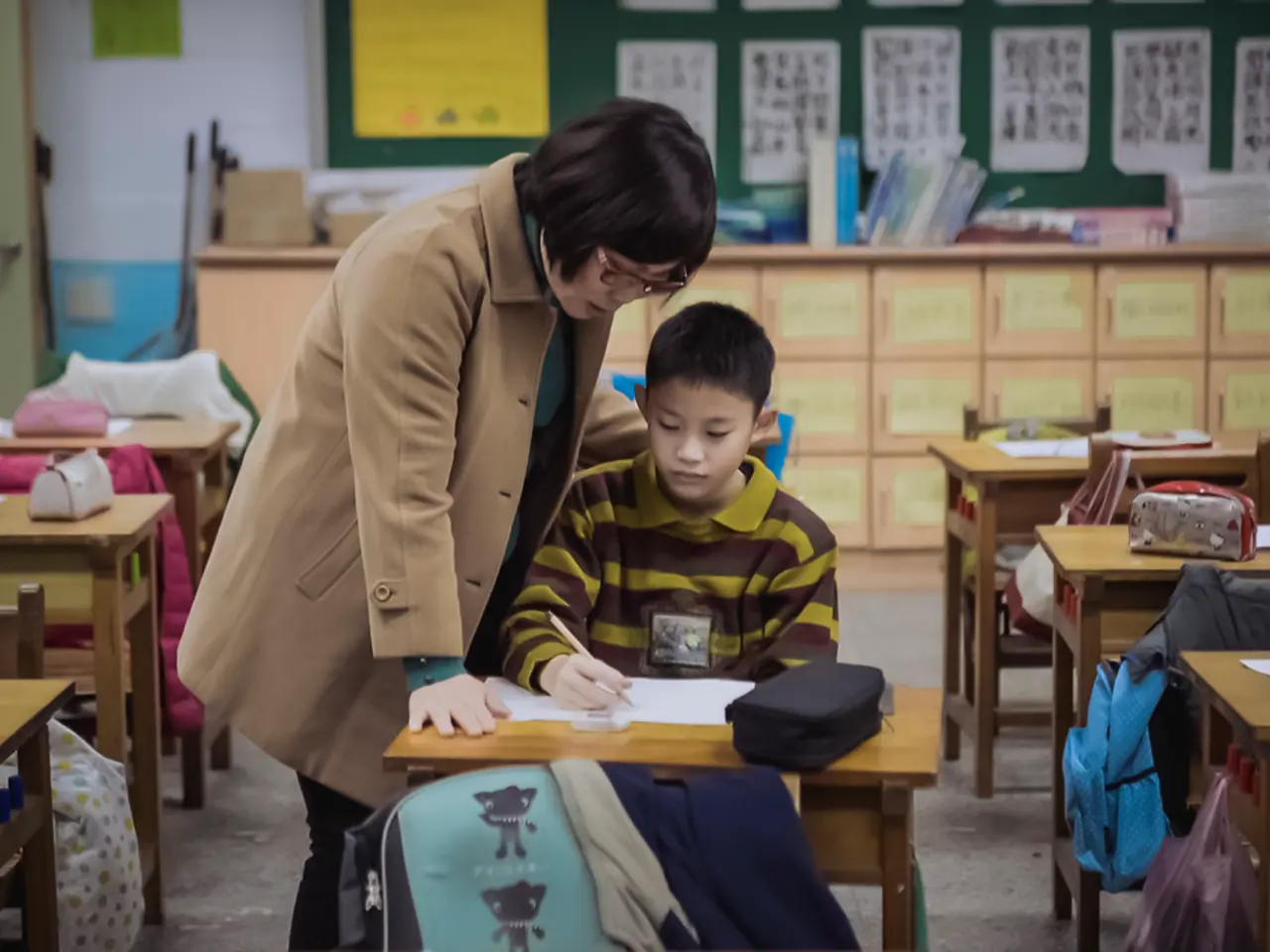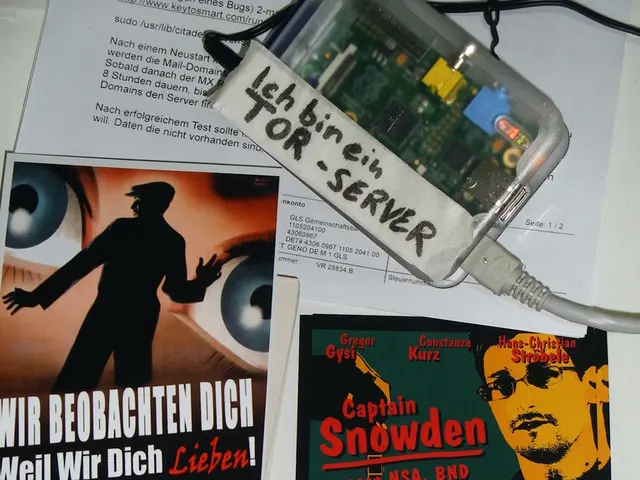Boosting Reading Comprehension Skills Across Subjects to Bolster Pupil Achievement
Differentiated Instruction, a teaching approach that caters to individual student needs, is playing a significant role in the education sector. This approach, applied across literacy programs, allows for varied instructional methods and assessments, ensuring that each student can thrive in their own way.
Technology serves as a transformative catalyst in this process, enhancing the ways educators teach and students learn. Digital tools and resources provide diverse avenues for literacy development, enabling real-time feedback through assessments and analytics, streamlining the process of evaluating literacy skills.
Oral communication is another crucial component, fostering students' ability to articulate ideas verbally and work collaboratively. This skill is essential for success in all aspects of life, and it is being integrated into literacy programs to ensure comprehensive development.
Literacy Across the Curriculum is a framework that emphasizes integrating literacy skills within all subjects, fostering comprehensive educational experiences. This approach is vital for creating learners capable of critical thinking, as literacy serves as a foundational skill that permeates all subjects within the academic curriculum.
In science, literacy is essential for understanding texts, conducting research, and analyzing data. In mathematics, reading comprehension is vital for interpreting word problems. Similarly, in history and social studies, literacy plays a significant role in engaging with primary sources and secondary texts.
Key components of effective literacy programs that foster comprehensive development across all curricula include Integrated Instruction Across Language Domains, Multiple Instructional Approaches, Content-Area and Disciplinary Literacy, Evidence-Based, Sequential Curriculum Materials, Ongoing Assessment and Data Use, Professional Development and Instructional Capacity Building, and Culturally Responsive and Equitable Instruction.
Integrated Instruction Across Language Domains involves systematically addressing phonology, orthography, syntax, morphology, semantics, and vocabulary from early grades through secondary levels. Multiple Instructional Approaches encompass reading aloud, shared reading, guided reading, independent reading, as well as writing aloud, shared writing, guided writing, independent writing, and word study. Content-Area and Disciplinary Literacy involves incorporating discipline-specific texts and vocabulary systematically, to build students’ capacity to comprehend and think critically across curricula.
Selecting high-quality instructional materials aligned with research-based literacy practices ensures a cohesive and effective literacy curriculum. Continual formative assessment data should be used to inform instruction, identify learners needing intervention, and ensure alignment between core instruction and targeted supports. Supporting educators through professional learning, coaching, and leadership development is critical for implementing systematic reading instruction and continuous school improvement.
Culturally Responsive and Equitable Instruction involves offering culturally relevant materials and instructional practices that engage diverse learners and promote equitable opportunities to develop literacy skills.
Incorporating technology into literacy across the curriculum can facilitate personalized learning experiences through adaptive learning programs and diverse digital tools. Future trends in literacy across the curriculum include the integration of digital literacy, personalized learning, collaboration among disciplines, and a focus on social-emotional learning.
Integrating literacy within the classroom involves employing diverse strategies that enhance reading, writing, and communication skills across various subjects. Writing skills development focuses on enhancing students' abilities to express their thoughts clearly and coherently.
Success stories demonstrate the positive impact of integrating literacy strategies across various subjects, resulting in enhanced engagement and achievement. By fostering a comprehensive approach to literacy, we are equipping students with the essential skills they need to succeed beyond the classroom.
[1] International Literacy Association. (2019). Literacy for All: Policy and Practice for Literacy Learning in the Digital Age. Washington, DC: International Literacy Association.
[2] National Council of Teachers of English. (2017). Literacy Research and Instruction in the Digital Age: A Position Statement. Urbana, IL: National Council of Teachers of English.
[3] National Reading Panel. (2000). Teaching Children to Read: An Evidence-Based Assessment of the Scientific Research Literature on Reading and Its Implications for Reading Instruction. Washington, DC: National Institute of Child Health and Human Development.
[4] Scholastic. (2017). The Power of Teaching Reading: A Guide for School Leaders. New York, NY: Scholastic.
[5] What Works Clearinghouse. (2019). Evidence-Based Practices in Reading for Understanding. Washington, DC: Institute of Education Sciences.
- Differentiated instruction, when applied across literacy programs, allows for the use of multiple instructional strategies, such as Integrated Instruction Across Language Domains and Multiple Instructional Approaches, to foster personal growth and learning, especially in the context of e-learning.
- Effective literacy programs, aligned with research-based practices, incorporate Content-Area and Disciplinary Literacy, ensuring that students can thrive in their own way, even as they engage with primary sources in history and social studies, conduct research in science, or interpret word problems in mathematics.
- Incorporating technology into literacy learning can facilitate personalized learning experiences through adaptive learning programs, digital tools, and e-learning resources, aligning with future trends in literacy that emphasize collaboration among disciplines, digital literacy, and social-emotional learning.




